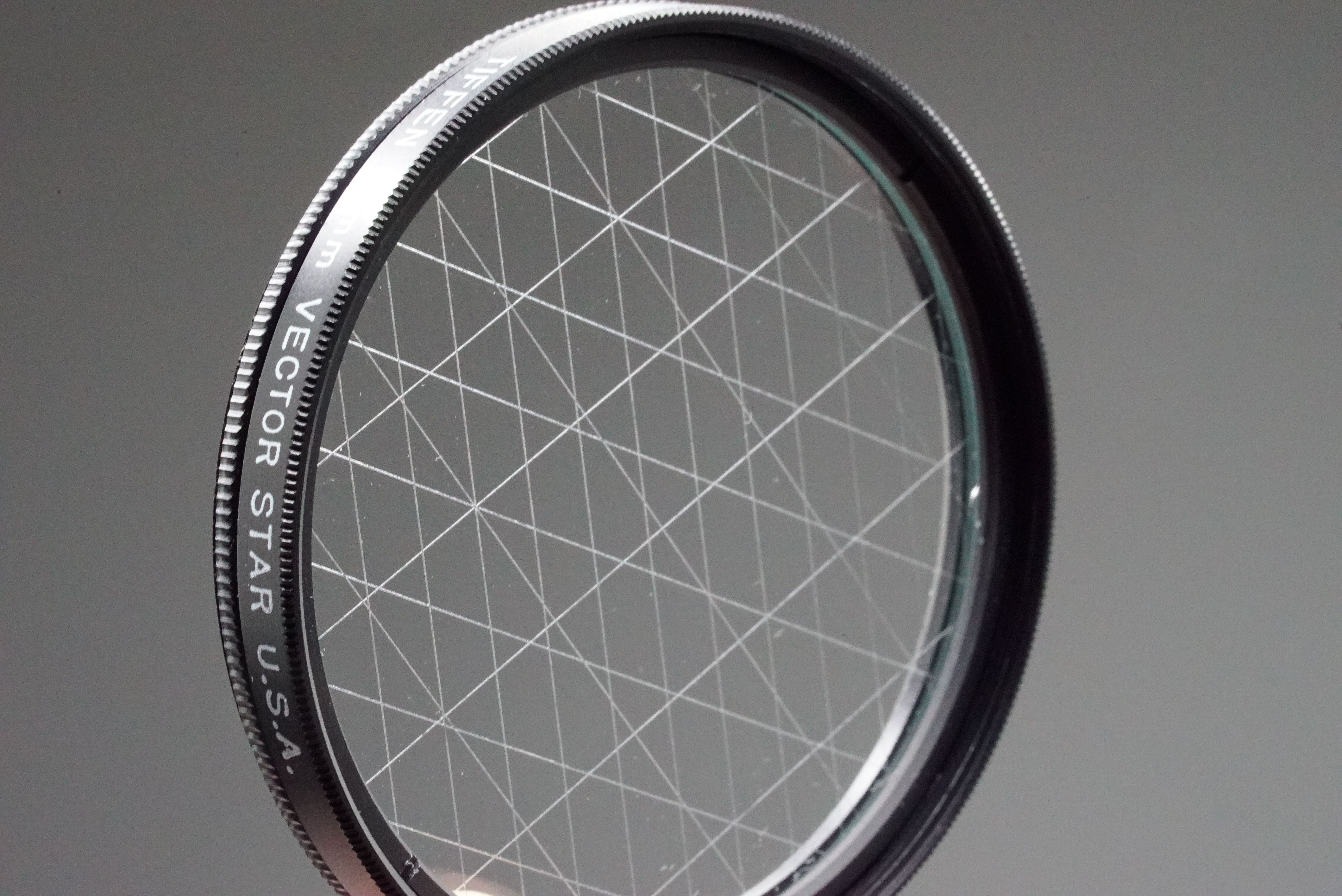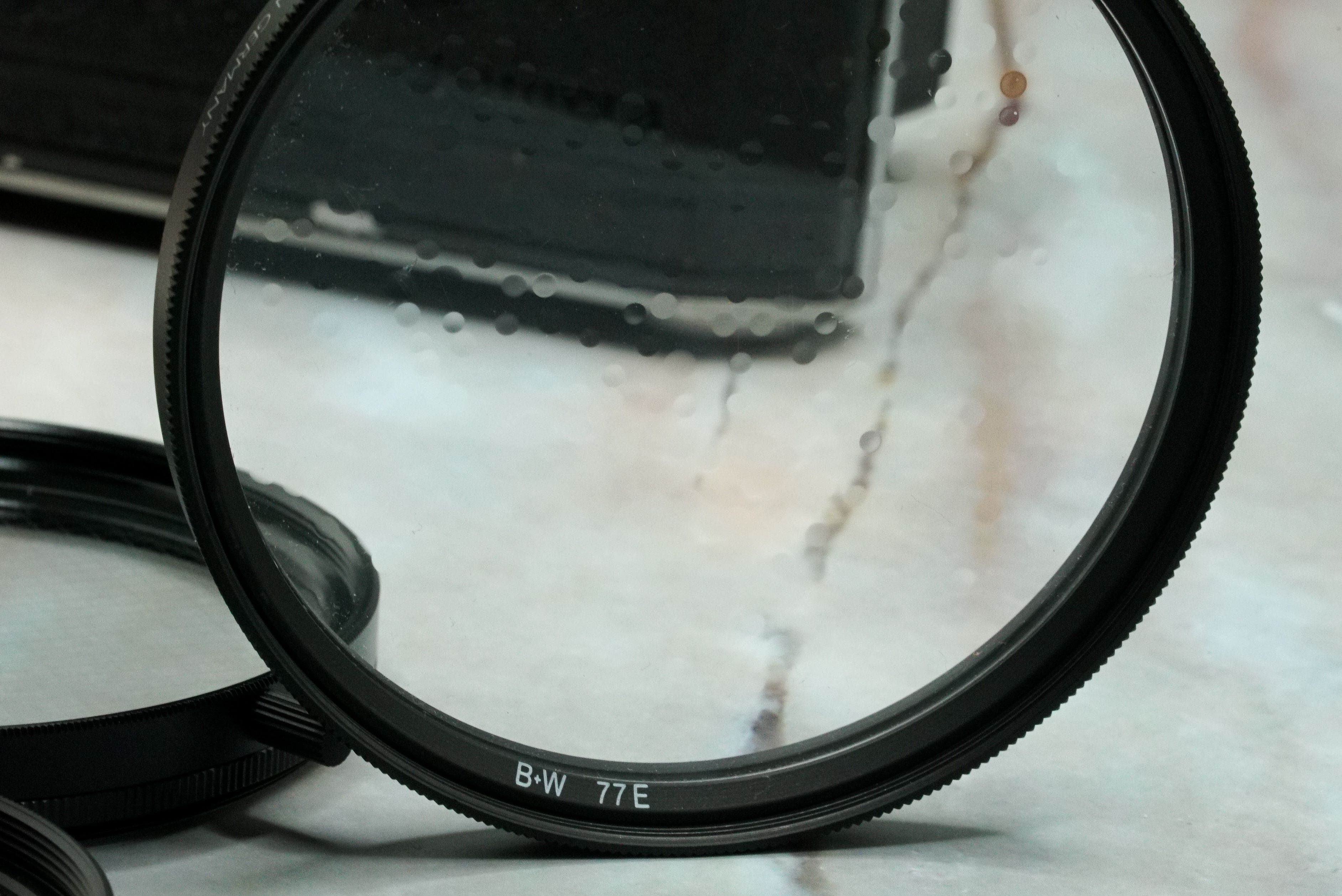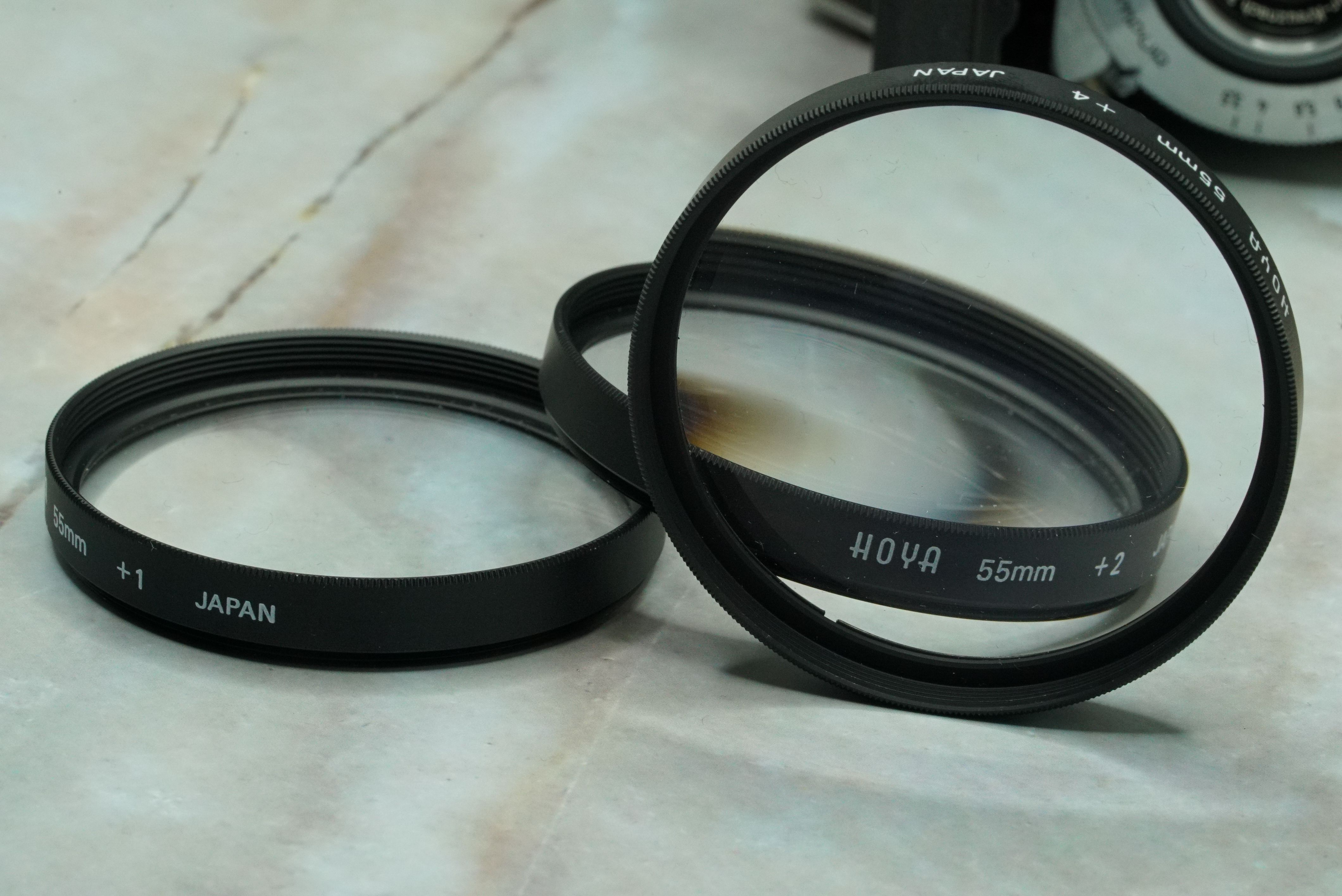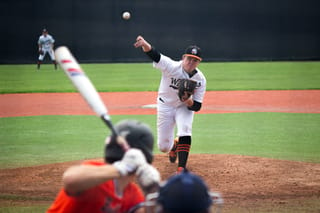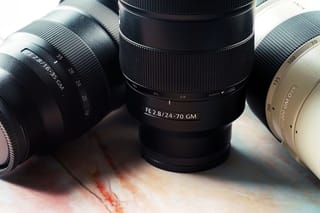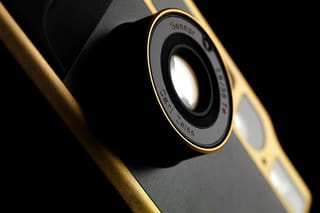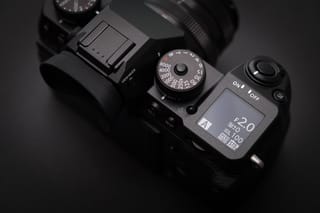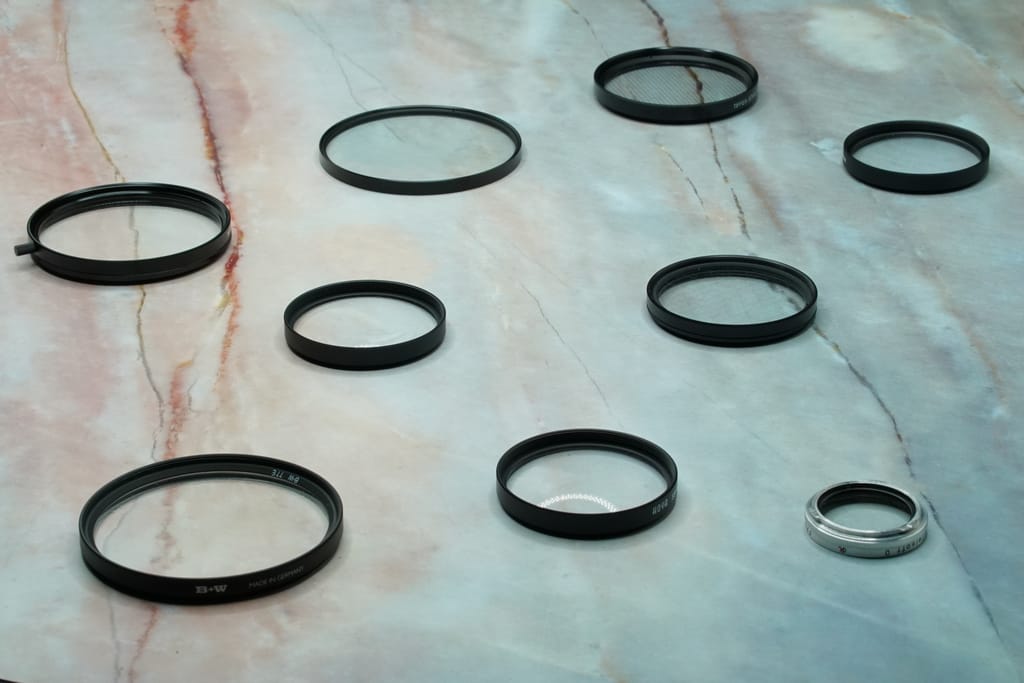
Special effects are often reserved for more whimsical photos. Every filter on this list serves the purpose of enhancing the surreal properties of your images in one way or another. These types of filters aren’t often used by precision-based photographers who strictly adhere to the most accurate representation of the subject. They’re fun, weird and sometimes unpredictable.
I remember years ago, a good friend of mine showed me a classic technique he’d been trying out to give his photos a cloudy, ethereal effect. When I saw the images, I was shocked! The light danced around the edges of the frame with unbridled kinetic energy, isolating the subject in a glowing light-storm. It looked like magic.
When I went to his next photoshoot, he showed me how he created the effect. It was a plastic sandwich bag, wrapped loosely around the edge of the front lens barrel to randomly bounce the ambient light back down the lens. I’m sorry I gave the secret away, Mike.
That’s the essence of many special effect filters. They don’t have to be immaculately-designed pieces of glass, but many of them are. When it’s a filter instead of a sandwich bag, it’s easier to perfectly replicate your desired effect.
Cross-Screen or Star Filters
These filters can give you controlled starbursts at bright points in your image. Essentially a clear glass filter with geometric line grids etched into them, this style might remind you of 1970’s glam.
The star patterns vary depending on how many lines are etched and at which degrees. Most of them can also be rotated to give you better control over what direction your star’s points are headed. This can also produce fun, rotating laser-beam effects in music videos.
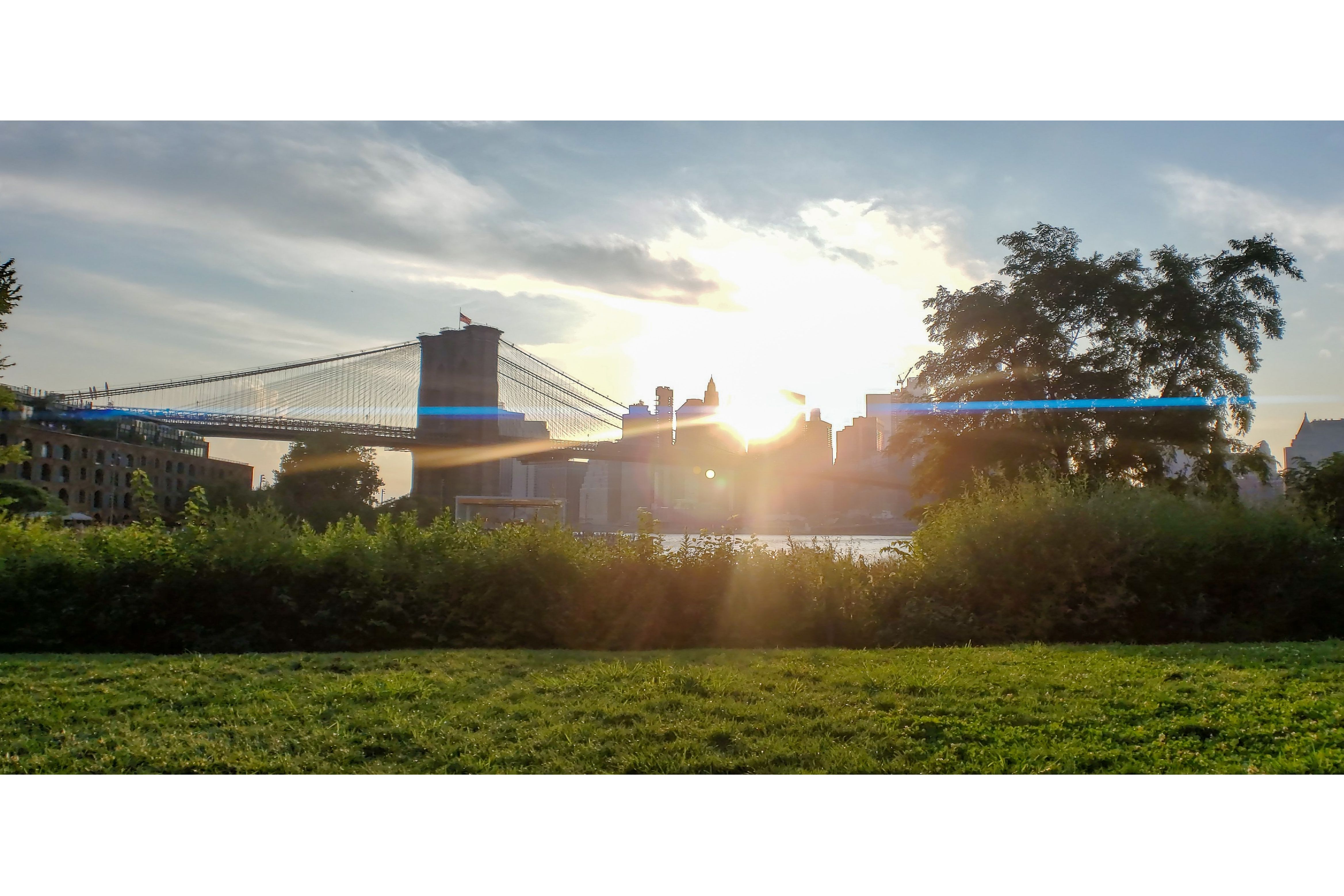 Streak Filters
Streak Filters
Similar in design to the cross-screen and star filters, this type of filter uses a series of etchings or lines in the glass to take bright points of light and stretch them out into long, bright lines. You may recognize this as the ‘J.J. Abrams’ look, with the wild horizontal lens flares.
This look actually replicates the look of an anamorphic lens flare, popularly used in many films. Not seen much in still photography, this look will definitely make an impact. If you’re on an ultra-restrictive budget, try pulling a single piece of fishing line taut so that it runs in a straight line from the top to the bottom of your lens filter ring. It won’t be as controlled, but you may see a similar flare effect when looking at bright points of light.
Diffusion or Soft Filters
These filters produce a hazy sort of look to your image by using distortions or imperfections in the glass to break up the image. While it seems counterintuitive to today’s ‘the sharper the better’ mentality, this effect was much more popular in glamour portraits a few decades ago. By adding a hazy glow to bright lights and smoothing out areas of contrast, diffusion filters were sort of like the original FaceTune before digital photo manipulation became commonplace.
In old Hollywood, a popular camera trick was to use a clear filter and actually smear a thin layer of petroleum jelly on the front. This recreated the hazy look of the soft filter with the added benefit of being able to have areas of the image with more or less distortion, depending on how heavily you applied the jelly. If you want to try this budget version of the soft look, make sure you’re smearing goo on a clear filter and not on the front of your lens.
Macro or Close-up Filters
I wouldn’t normally think of these when talking about filters, but by my own definition above, they distort the light coming into your lens in order to achieve an effect. Here, that effect allows you to get closer to your subject, essentially changing your lens into a makeshift Macro lens. It’s like putting a magnifying glass onto the front of your lens, affecting your focal length and close focusing distance.
These come in various strengths and are often sold in sets like extension tubes. Close-up lenses and extension tubes are both great ways to break into the world of macro photography without breaking the bank on a dedicated Macro lens. Close-up filters tend to have an advantage here since they can give similar results without affecting exposure.
 Other
Other
There are, of course, countless other ways to use special effects to change the look of your image without using photo manipulation software. Prisms, glass spheres and masks that change the shape of your bokeh are a few other ways to creatively mess with your pictures. We’re bound to see more interesting products come and go over the years. There’s no doubt that new special effects filters will continue to show up as long as photographers have some time to tinker and look for something beyond the norm.
Filters Seen in Blog Images
Tiffen Series 9 Diffusion 4 Filter
B+W 77mm Softar II Carl Zeiss Filter
Rollei Bay 1 Rolleisoft 0 Filter
Tiffen 72mm 4-point 2mm Star Filter
Tiffen 58mm Vector Star Filter
Hoya 55mm Close-up Set +1, 2, 4 HMC Filter
Tiffen 67mm Softnet Diffuser 2B Filter
Check Out Other Entries in Our Filters Explained Series
Lens Filters Explained: The Basics

